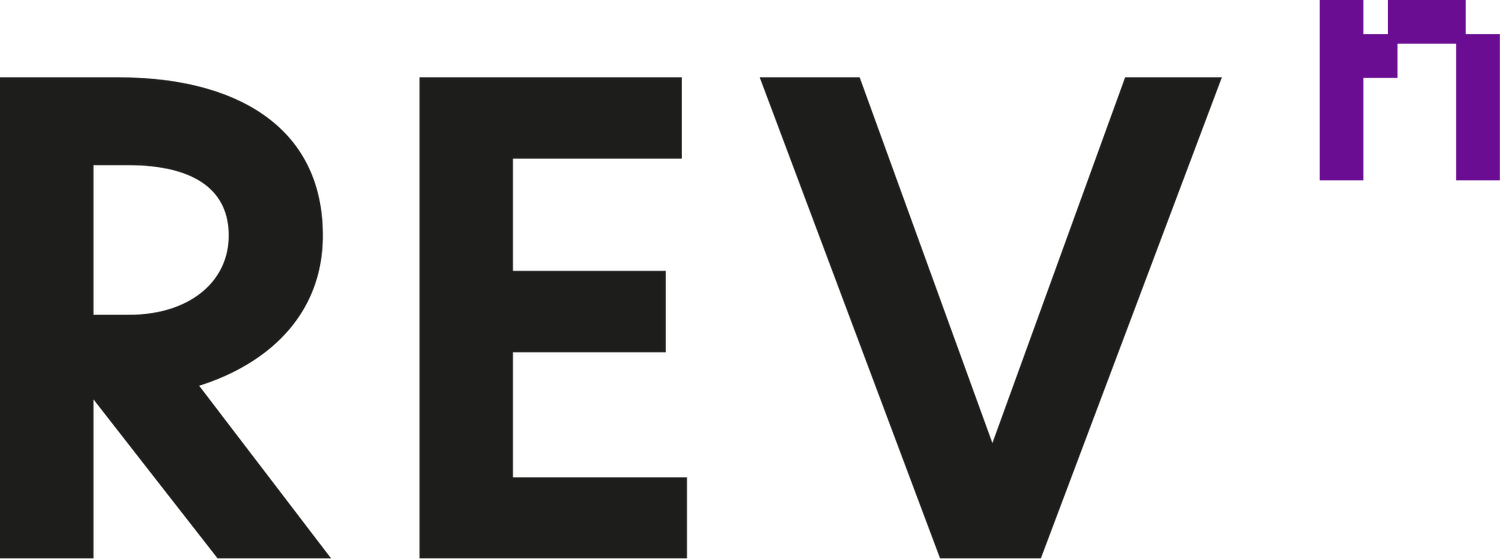CRM: more than a fancy rolodex
September 2024, Post 8/10, 4 min read
Leveraging the right CRM and technology stack to scale
Let’s talk about tech – the big shiny toy in every CEO’s toolbox that promises the world. But here’s the hard truth: without the right tools, you could be adding complexity instead of value. As a CEO or CRO, it’s not just about choosing a CRM, it’s about choosing the right CRM and tech stack that will fuel, not impede, your growth.
We’ve seen a common scenario, where you’ve bought the CRM, it’s being used by some, but not all salespeople for order processing and basic pipeline management, you’re unable to get any meaningful insights, and as a result the team disengages, and the CRM starts to feel more like an administrative burden than a growth enabler.
Here’s a question: When was the last time you looked at the technology your teams are using? If it feels like you’re paying for more bells and whistles than you need (or can figure out), this one’s for you.
The CRM: more than a fancy rolodex
A Customer Relationship Management (CRM) tool is a non-negotiable. But simply having a CRM isn’t enough.
Let’s break it down. Your CRM isn’t just a sales tool; it’s the central nervous system of your business. It’s where your customer data lives, where sales interactions are tracked, where marketing campaigns are launched, and, ideally, where all of this integrates seamlessly to guide smarter decision-making. Or, at least, that’s how it should be.
But when’s the last time you asked yourself: Is my CRM actually working for me?
Reviews and comparisons: tailor to your needs
Salesforce, HubSpot, Dynamics 365, Pipedrive, Zoho CRM - yes, you’ve heard of them. But which one is actually right for you? And more importantly, why?
Here’s a quick run-down to help you cut through the tech fog:
Salesforce: The market leader, if your business wants an all encompassing, well integrated solution. But be prepared to invest time, money, and resources to make it work for you. Ideal for large or rapidly scaling companies with complex needs.
HubSpot: For the start-up and marketeers. This one’s for you if you’re looking for something user-friendly but still robust. Great for growing businesses that want simplicity but still need strong marketing and sales integrations.
Dynamics 365: Microsoft’s hidden gem. If you’re already in the Microsoft ecosystem, this might just be your best friend. It integrates well with Office tools and offers strong data insights, but for non-Microsoft users, it isn’t so beneficial.
Pipedrive: The straightforward CRM for sales-driven teams. If your focus is on visualising and tracking deal flow without the complexity of larger systems, Pipedrive gives you the essentials in a user-friendly interface. Perfect for SMBs wanting simplicity without sacrificing function.
Zoho CRM: The cost effective, multi-functional option. Zoho offers flexibility and a broad suite of tools that cover CRM, marketing automation, and even project management. Good for those needing scalability without a hefty price tag.
But don’t just pick the one your competitors are using. Your choice should depend on your specific business needs. Ask yourself:
Are my sales and marketing teams working in harmony, or are they stuck in silos?
Do I have data in multiple systems that don’t talk to each other?
Am I getting meaningful insights, or am I just staring at a bunch of reports with no action steps?
The Tech Stack: more than just a CRM
Here’s where the magic happens—or doesn’t. Your CRM is just one piece of the puzzle. What about the other tools that support your GTM strategy?
Marketing Automation: Tools like Marketo or Pardot can turbocharge your lead generation and nurturing, ensuring your prospects are getting the right message at the right time.
Customer Success Platforms: Gainsight or ChurnZero can help you keep a close eye on retention and growth, giving you clear visibility into customer health and allowing you to proactively manage churn.
Sales Engagement Tools: If your team spends half their day sending out emails, it’s time to look at platforms like Outreach or Salesloft, which can automate those tasks and free up more time for selling.
Conversation intelligence: This is where Gong or Chorus.ai shine. Both platforms record, transcribe and analyse sales calls, offering critical insights into what works and what doesn’t. These tools provide data-driven feedback and help your team refine their pitch and close more deals.
And here’s the kicker: all these systems should be integrated. Yes, integrated. If you’re still jumping between platforms to get the whole picture, that’s a red flag.
What happens when you get it right
Picture this: Your sales team can see every touchpoint a lead has had with your marketing campaigns. Your marketing team knows exactly what sales conversations are happening. Your customer success team has a full 360-degree view of the customer from first interaction to latest renewal.
That’s when the magic happens. That’s when your business scales efficiently.
The right CRM and tech stack are your company’s growth engine, and when chosen wisely, they do more than track sales; they accelerate them. You’ll go from reactive to proactive, from data chaos to data-driven decisions, and from guesswork to scalable, repeatable success.
Stop buying tools and start buying solutions
So, what’s the next step? It’s time to do a technology audit. What’s working? What’s not? What’s just collecting dust?
Look, tech is only as good as the people using it. The tools you choose should align with your business strategy and goals, not the other way around. Don’t just pick what’s shiny—pick what works for you.
Take action. Align your technology stack to your business needs. And remember, tech isn’t here to complicate things—it’s here to simplify, streamline, and supercharge your growth.

